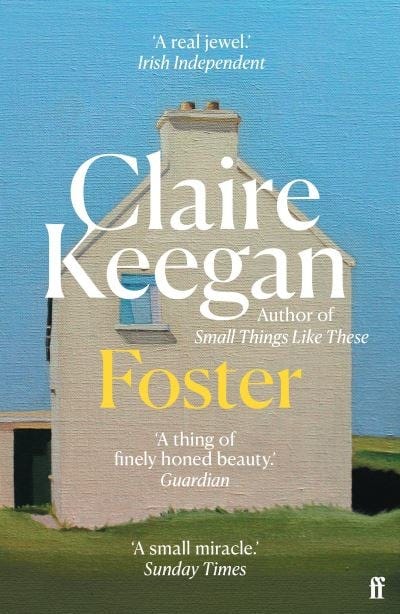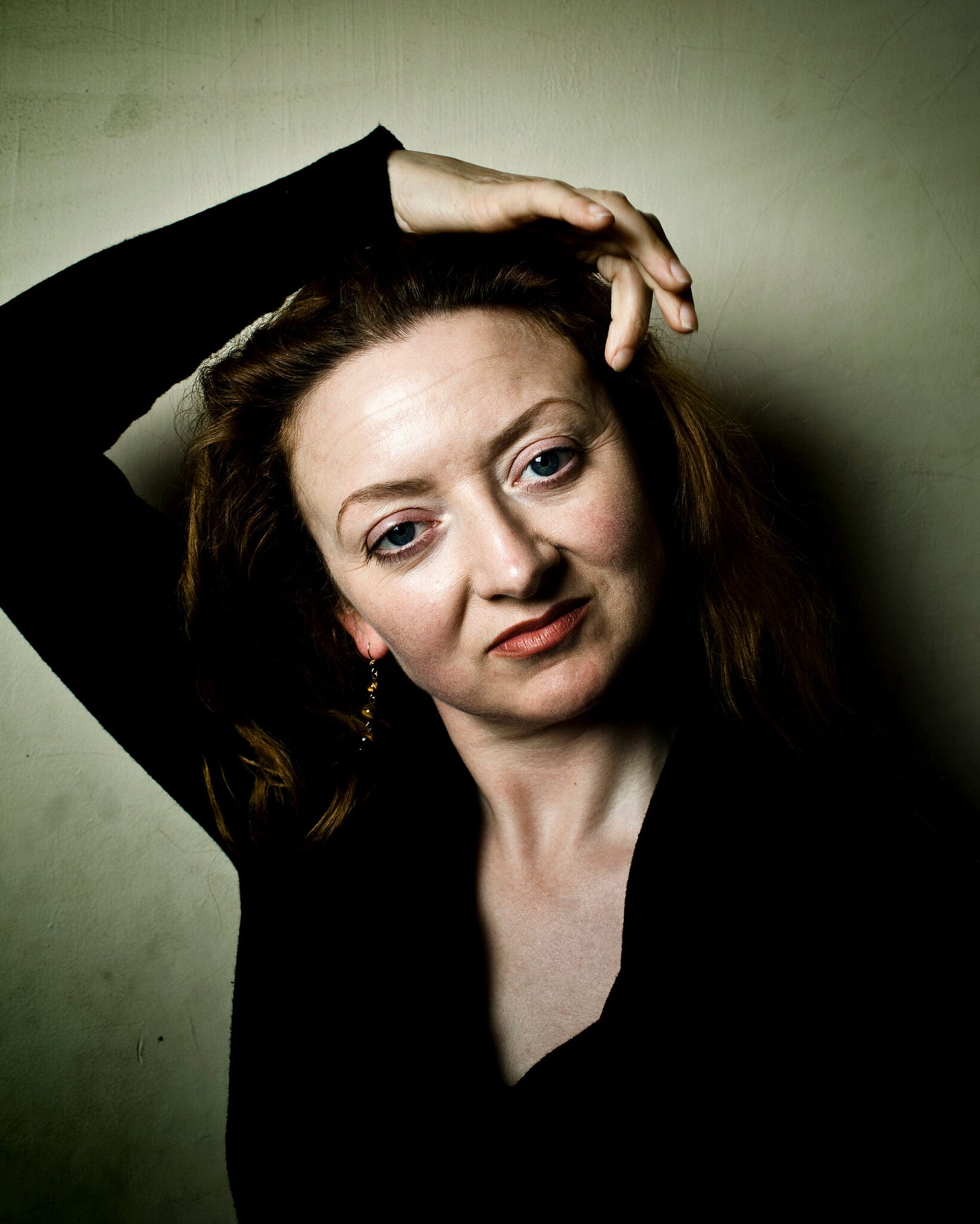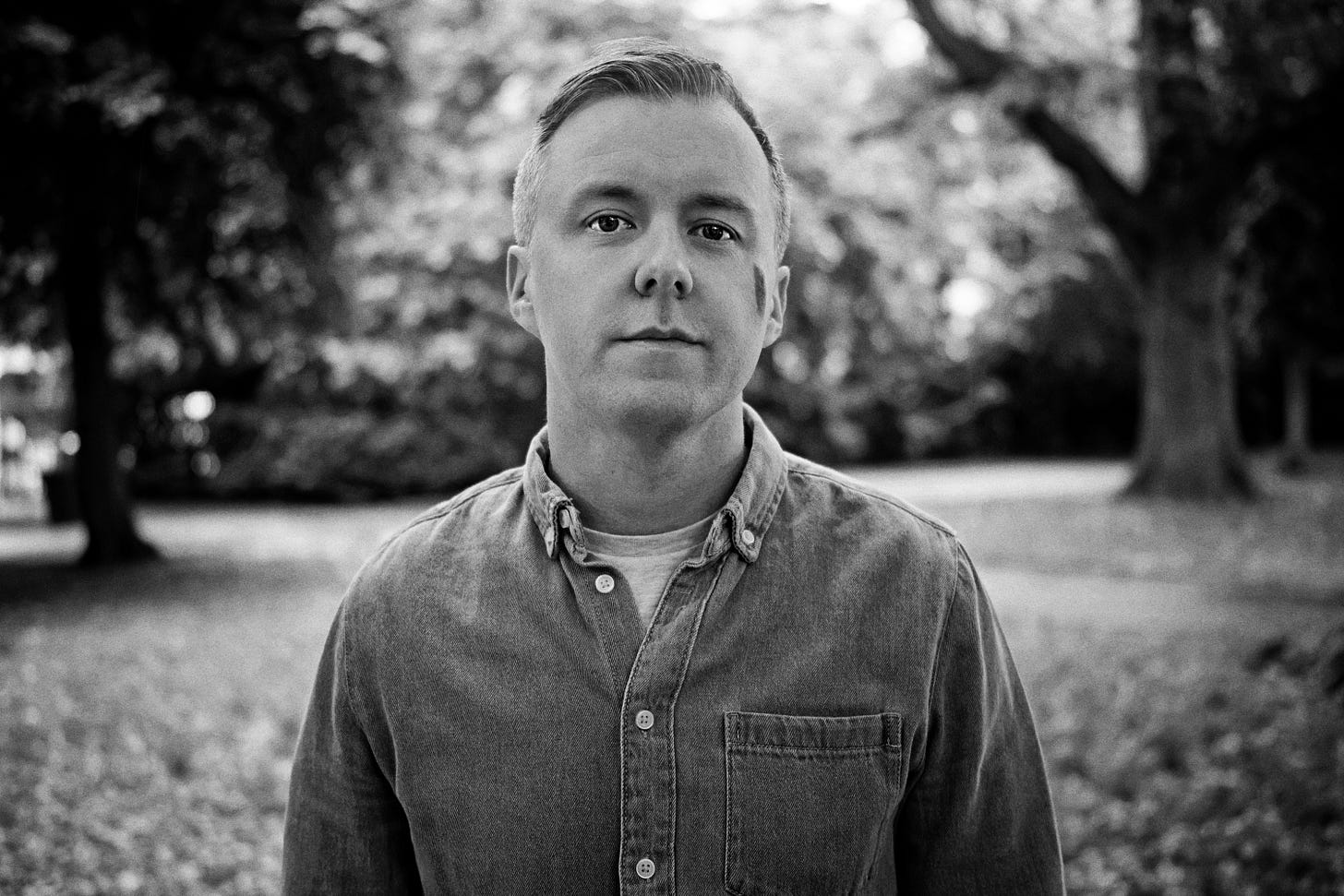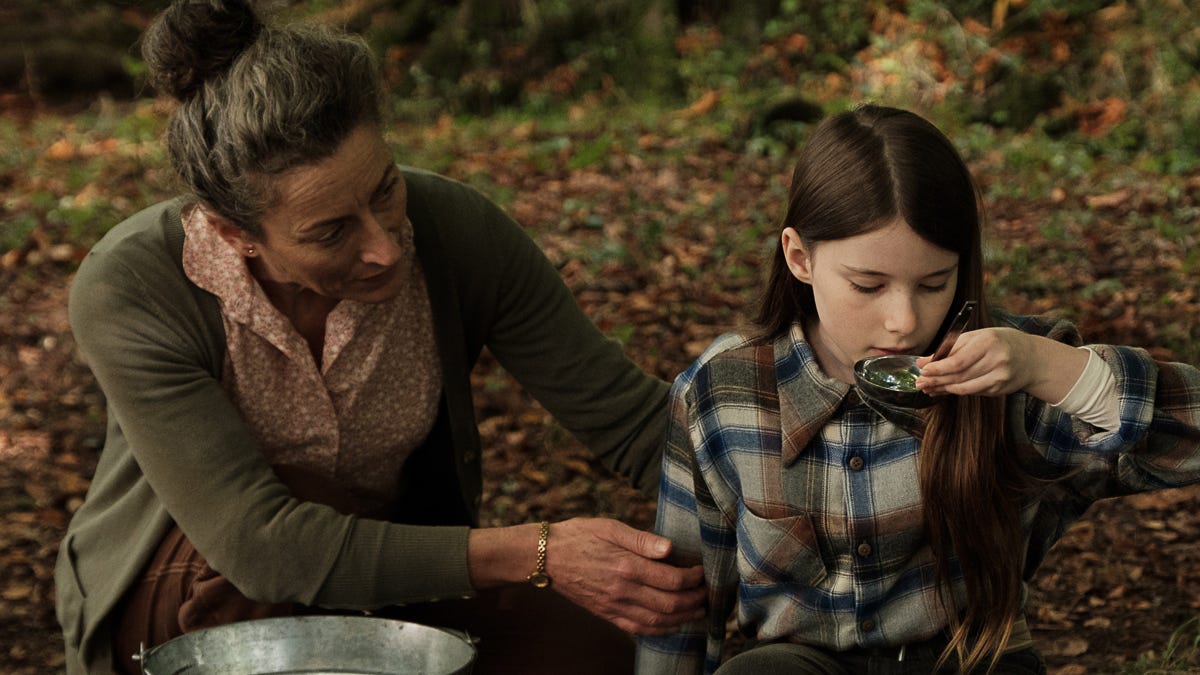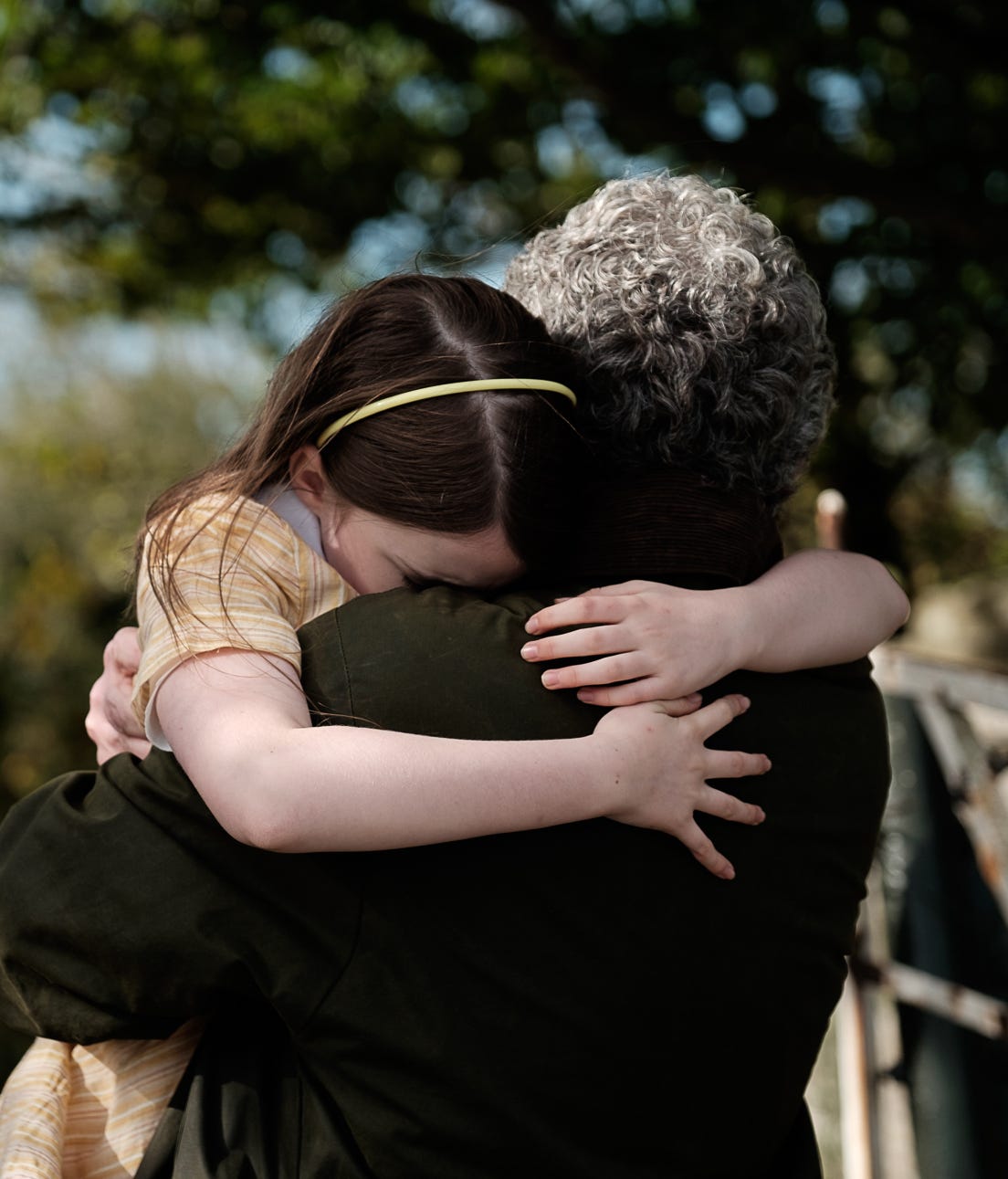Thoughts on Claire Keegan's Foster and Colm Bairéad's Adaption The Quiet Girl / An Cailín Ciúin
Could this subtle, beautiful and heartbreaking tale of Irish life 40 years ago signify a renewed confidence in Irish culture and creativity?
Thank you for reading the JasonWard Creative Substack. I hope you enjoy this piece and it would be wonderful if you were to take out a subscription, either paid or free, to support my work. Many Thanks - Jason
The best stories are universal. They may be told in a specific moment or place but their truth transcends moments and geography to tell us something about ourselves no matter how far removed we are by time or location.
Claire Keegan’s Foster is a very Irish book. It is set in rural County Wexford at a specific moment in time: Summer 1981. We feel the place through her descriptions which range from the intense suffocation of a house made smaller by the broken family who live there to the pastoral calm, purpose and beauty of a well kept farm during the summer. The time of the piece drifts in through cultural mentions and a brief mention of the death of an IRA hunger striker in Belfast. A brutal phase of the exceptionally brutal Troubles making itself known the other side of the border showing how the effects of violence spread like a virus across a population.
Claire Keegan’s writing is beautifully spare. That is not to say that it is minimalistic, rather she has the talent to put the reader in an emotional place in very few words. I read an article that described Keegan as a writer who leaves a space between words that the reader can flood with their own thoughts. And in Foster this skill is on full display. The opening of the book uses one phrase to set up location and era while starting us along the road of discovering the principal character
“Early on a Sunday, after first Mass in Clonegal, my father, instead of taking me home, drives deep into Wexford toward the coast, where my mother’s people came from”
The physical descriptions of surroundings seen through a young girl’s eyes are gently flavoured with emotional clues. Keegan puts us on edge at the start as the story develops of a young girl being fostered out to a couple that she may or may not know. The girl is young, small and as powerless as we are - all we can do is continue to read wishing her well.
As the story blossoms and summer ripens so too does our young friend. She is cared for in her foster home in a way that is not possible with her family. Her father is a drinker and gambler which does not help her mother care for their ever expanding brood. This a story of the damage caused by chaos and parental denial which convinces a child that they deserve to live squalidly and may even have brought the state of desperation on themselves. The fear in this situation comes from believing that your life will never get better which removes any hope and the hopelessness becomes self fulfilling. How can you plan a life when it takes all your emotional effort to get through today?
In Foster, the girl is given hope and we have hope for her. And it is the hope that kills us. As summer ends, the seasons change and the girl’s few weeks or months of hope are over and she must return to her family.
Once back with her family there are subtle cultural indications and descriptions. The girl’s sisters looked at her like she was an “English cousin, coming over to touch my dress, the buckles on my shoes. They seem different, thinner, and have nothing to say.” Anglo-Irish readers will get this reference and understand what is being said and when.
The joy of Keegan’s writing is that her incredibly precise use of words allow us to think, to imagine and to be part of the story in a way not available when a book is brimful of details and facts. I feel the story so I am in it!
Foster has also been made into a film called The Quiet Girl/An Cailín Ciúin which is now available on Apple TV. Colm Bairéad adapted the book and directed the movie which premiered on 11 February 2022 at the 72nd Berlin International Film Festival where it won two awards.
The movie fleshes out the book in places providing dramatic context but there is never the sense of filler. Film is a different medium to literature and a Director needs to use different tools to tell the story. There is less opportunity to let the viewer’s imagination run wild visually and Bairéad shows us how he imagined the book to look. The movie is beautifully shot by Kate McCullough and moves forward with the gentle grace of the book.
The girl from Foster has a name in The Quiet Girl: Cáit and is played in an outstanding performance by 13 year old Catherine Clinch. Carrie Crowley as Eibhlín and Andrew Bennett as Seán are the perfect parents, providing the emotional support and inspiration for the foster daughter to succeed and giving the same in terms of their acting. They are both incredible actors who create and develop their characters while giving Ms Clinch the support, space and security she needs to shine.
The movie enhances the sense of the story’s Irishness by using Gaeilge which is the native language of Ireland. Characters speak in Gaeilge and English and sometimes switch mid conversation. I live in rural Ireland and can confirm that there are people who speak the language alongside English,sprinkling in words and phrases. However, in The Quiet Girl this use of language felt to me like much more than cinematic realism and was both a statement and a sign: a statement to say that there is another living language in Ireland and a sign that there is no longer a fear of using anything other than the perceived international lingua franca of movie making.
Gaeilge is still a minority language in Ireland despite being taught in schools and used in all official communications. But it has power in its roots and meaning beyond its words as it was a sign of Irish culture that was nearly extinguished by hundreds of years of British rule. From as early as the 14th century laws were enacted restricting the use of Gaeilge in the country (although its use was never banned) and by the 18th and 19th century English had become the de facto middle class language. Ireland and Irish culture feels like it is moving out of the shadows of its close neighbour and perhaps this use of Gaeilge is a sign of creative and cultural confidence.
The Quiet Girl achieves so much and appears to do it effortlessly. There is no physical violence, or screaming arguments. There is deep emotional pain expressed - the pain of loss, of confusion and of powerlessness are all present without the use of cinematic semaphore. We feel them through wonderful writing and complete acting.
Film makers often shy away from questions and doubts preferring to deal in absolutes. In Foster we gently sob at the end of the book wanting to know that the girl will be fine. The last scene in The Quiet Girl brings the words on the page to life, in colour, vividly and by not answering the question our gentle sob becomes a full throated cry. As we fell love with the girl in Foster so we fall in love with Cáit in The Quiet Girl/ An Cailín Ciúin.
I hope you enjoyed this piece and you will find over 90 articles, podcasts and playlists on The JasonWard Creative Substack. As a paid subscriber you have access to all of them plus additional content. Please consider a paid or free subscription. Thank You
The Quiet Girl/ An Cailín Ciúin. is available on Apple TV
Find out more on IMDB The Quiet Girl / An Cailín Ciúin
Foster by Claire Keegan is available from your local bookstore
Find out more about Claire Keegan here: Claire Keegan Biography
